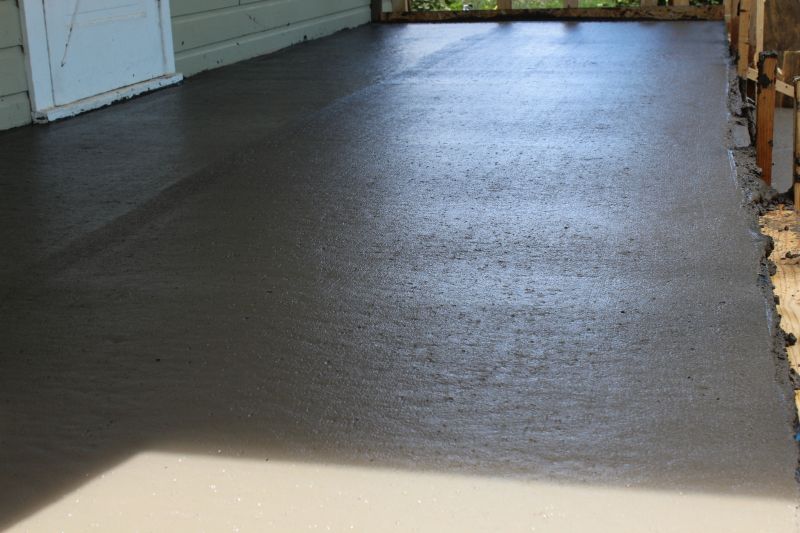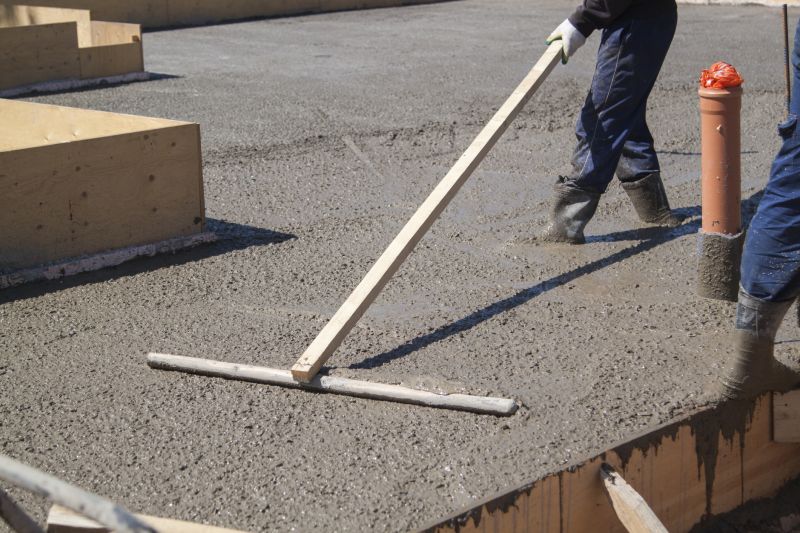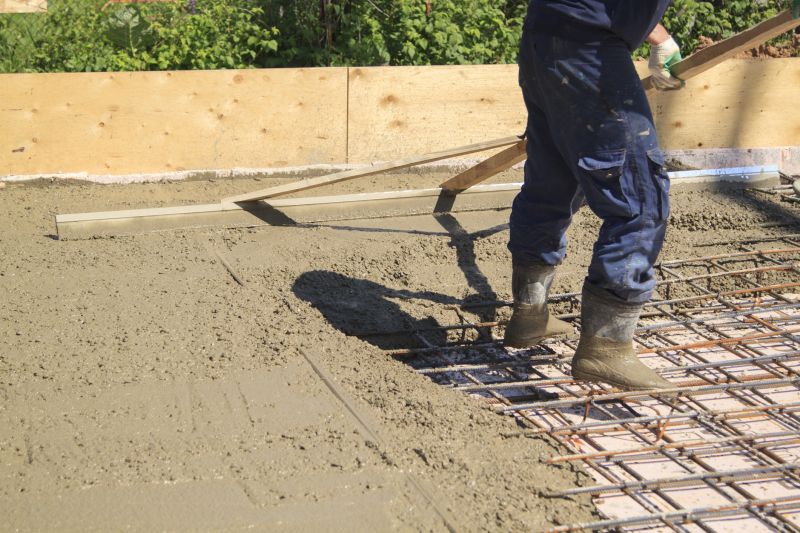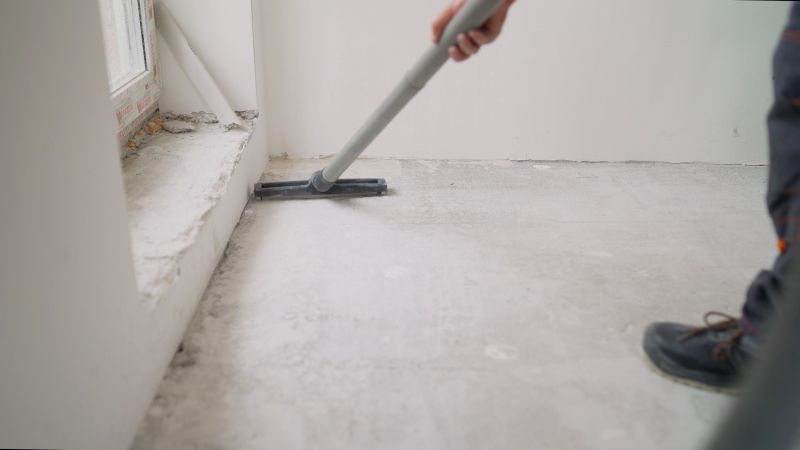Optimal Seasons for Concrete Installations
Concrete installations require specific weather conditions to ensure durability and proper curing. The optimal time for concrete work typically depends on temperature, humidity, and seasonal factors. In Charlotte, North Carolina, the most suitable periods are during the late spring through early fall when weather conditions are stable and temperatures range between 50°F and 85°F.
Spring offers moderate temperatures and lower humidity, promoting proper curing and reducing the risk of cracking.
Summer provides longer daylight hours but requires precautions against high temperatures and rapid drying, which can affect strength.
Fall allows for cooler temperatures and less rain, ideal for ensuring a quality installation before winter.
Winter is generally unsuitable due to cold temperatures and potential for freezing, which can compromise concrete integrity.

Ways to make Concrete Installations work in tight or awkward layouts.

Popular materials for Concrete Installations and why they hold up over time.

Simple add-ons that improve Concrete Installations without blowing the budget.

High-end options that actually feel worth it for Concrete Installations.
| Season | Ideal Conditions |
|---|---|
| Spring | Temperatures between 50°F and 75°F, low humidity, dry days |
| Summer | Temperatures between 70°F and 85°F, caution against rapid drying |
| Fall | Cooler temperatures, minimal rain, stable weather |
| Winter | Cold temperatures below 50°F, freezing risk |
Concrete installations are a critical component of many construction and landscaping projects. Proper timing ensures that the concrete cures correctly, achieving maximum strength and durability. Seasonal considerations are essential to prevent issues such as cracking, scaling, or improper setting. In Charlotte, timing concrete work during the warmer months minimizes weather-related delays and quality concerns.

Finishes and colors that play nicely with Concrete Installations.

Little measurements that prevent headaches on Concrete Installations day.

A 60-second routine that keeps Concrete Installations looking new.

A frequent mistake in Concrete Installations and how to dodge it.
Choosing the right time for concrete installations can significantly impact the longevity and appearance of the finished project. Proper planning around seasonal weather patterns helps ensure that concrete cures uniformly and reaches its full strength. Consulting with professionals familiar with Charlotte's climate can optimize project outcomes and reduce delays.
Scheduling concrete work during favorable weather conditions minimizes risks associated with temperature fluctuations and precipitation.
Using techniques like curing blankets or additives can help manage temperature-related issues during colder months.
Early planning ensures concrete projects are completed during the optimal weather window.
Proper timing and preparation contribute to the long-term durability of concrete structures.

